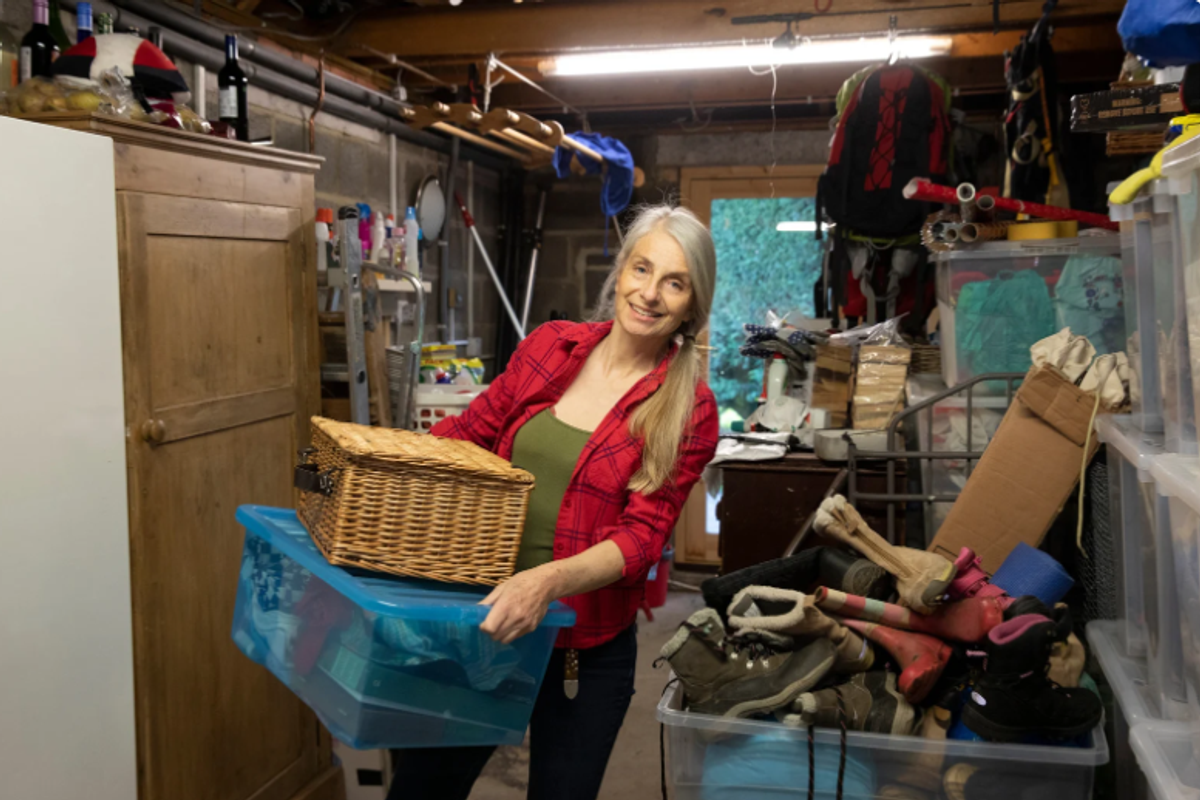When researcher Raoul Schwing went up to the valley, a bird tried to take apart his car.
Photo from iStock.
That bird, a kea, was precisely the reason he was there. Keas are large parrots that live in the mountainous areas of New Zealand's South Island. They're wicked smart and armed with a beak like a Swiss army knife, which makes them great at dismantling puzzles (and Schwing's poor car).
They're also highly social and love to play with each other, chasing their bird peers in complex aerial dogfights or hopping across the ground and making a huge variety of whoops and calls. It was those play calls that Schwing was really interested in, a kind of squeaky "bwa-ha-haaaa."
It sounded — well, it sounded a lot like laughter.
Was it laughter Schwing was hearing? That raises a weird question: Can animals even laugh?
Photo from iStock.
Laughter is a difficult concept to study. There are plenty of animals that sound like they’re laughing. Kookaburras, for instance, or hyenas. But a kookaburra’s laugh is territorial, not gleeful, and a hyena’s cackling seems to be the equivalent of a nervous wail, not it enjoying a particularly hilarious joke.
True laughter is as much as message as it is a noise. In humans, it's a way to communicate playfulness or relaxation and a way to infect others with that mood as well. We might laugh at our dates' corny jokes not because they're the next Tig Notaro, but to show we're having a good time. We giggle when we're nervous to let off steam, and we add laugh tracks under sitcoms to invite the audience into the joke.
In this emotional messaging capacity, most animals aren't part of the evolutionary comedy club. But there are some. It turns out that rats enjoy a good tickle. There's tentative evidence dogs might laugh. Great apes, like chimps or orangutans, seem to laugh too. None of them sounds like human laughter — rats giggle at frequencies too high for humans to hear and chimps sound like they're panting — but they seem to carry that oh-so-important emotional messaging.
But do keas deserve entry into this group? Maybe, says Schwing.
Photo from Raoul Schwing.
When Schwing went to the research sites, he brought with him a specially designed, kea-proof speaker system (no taking apart this one). From a distance, he could use a remote control to play a variety of recorded calls at the kea.
Most didn't seem to have any specific effect, but the play call — that bwa-ha-ha noise — did. When he played it, nearby kea often would turn to each other and begin hopping and playfully chasing each other around. Even solitary birds got into the act, playing with objects or doing aerial acrobatics. In short, the play call definitely seemed to fit the emotional contagion category.
So while it may be going a bit far to label this as laughter as we humans know it, it could at least be a cousin of it.
Schwing and his team published their findings in the journal Current Biology.
These kinds of studies can have a lot of interesting results, but maybe most of all, they remind us how complex animals can be.
Some researchers have used it to study how our brains organize emotion or create a mood; there's even a potential antidepressant currently being tested that got its start from studying laughter in rats. Others have used laughter in the great apes to speculate about our own human roots.
For Schwing and his colleagues, studying the kea's play call gave them a window into the animal's social life. They're planning to continue to study the role of play in the kea's lives.
If nothing else, it's something to think about. "If animals can laugh," said Schwing, "we are not so different from them."





 Stayin Alive GIF by Bee Gees
Stayin Alive GIF by Bee Gees 
 Friends sharing a moment in the sunlit park.
Friends sharing a moment in the sunlit park. Feeling the stress: A young woman holds her head in frustration.
Feeling the stress: A young woman holds her head in frustration. Friends sharing a laugh over coffee at a cozy café.
Friends sharing a laugh over coffee at a cozy café.
 Close up of lilac flowers. Photo by
Close up of lilac flowers. Photo by